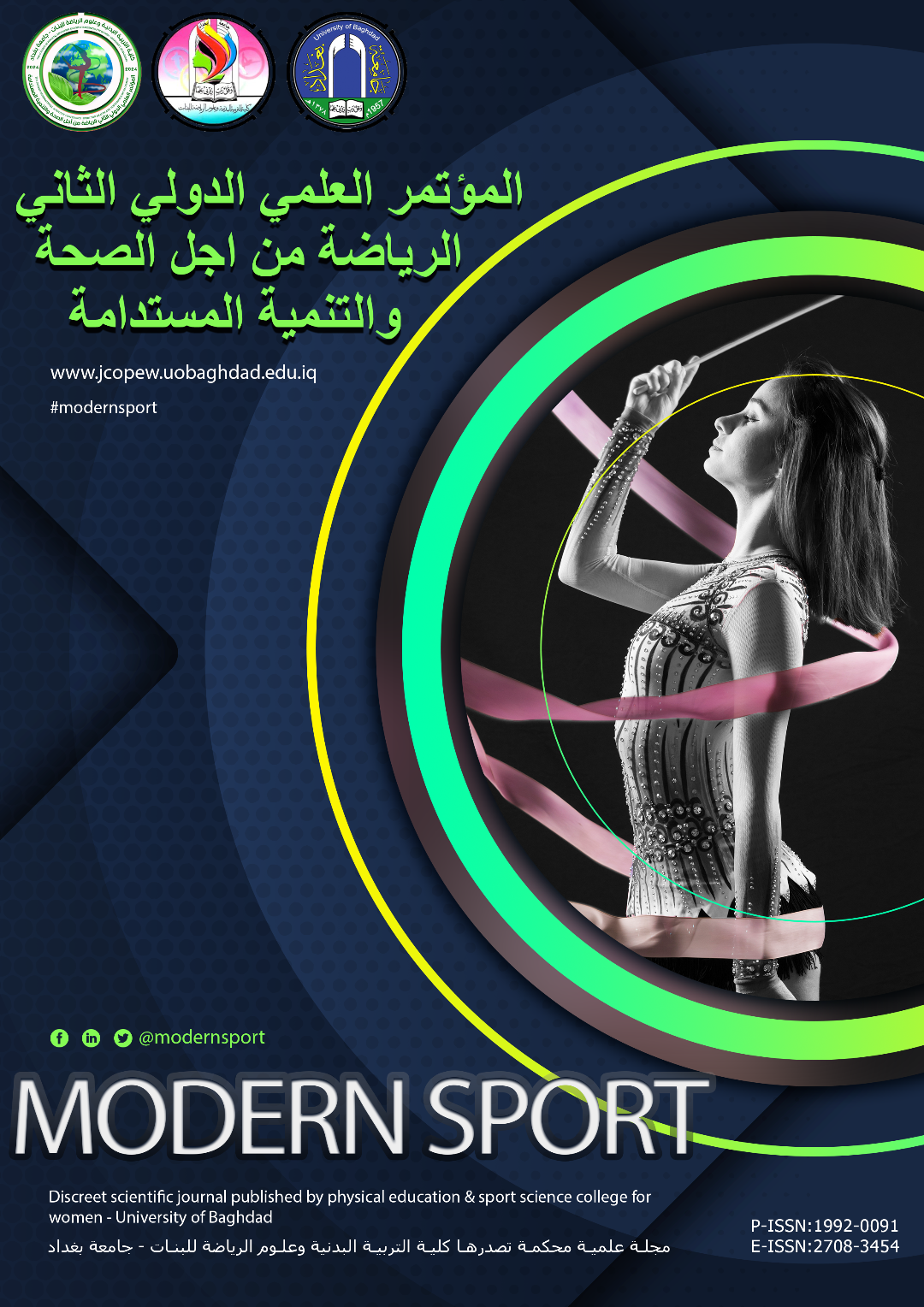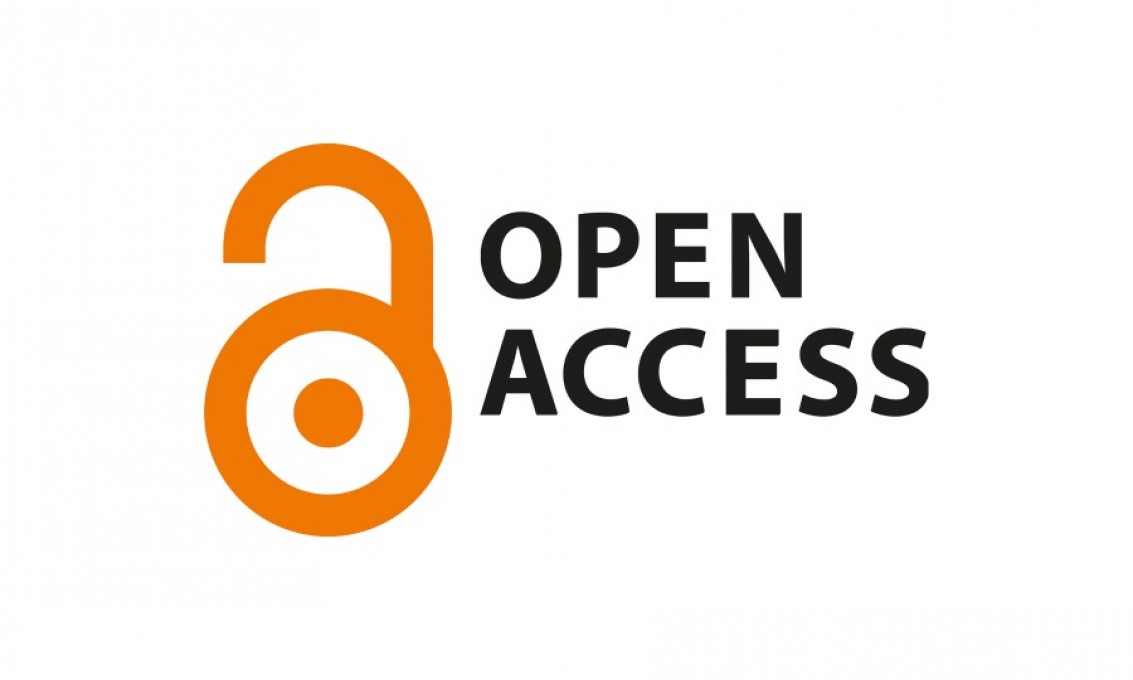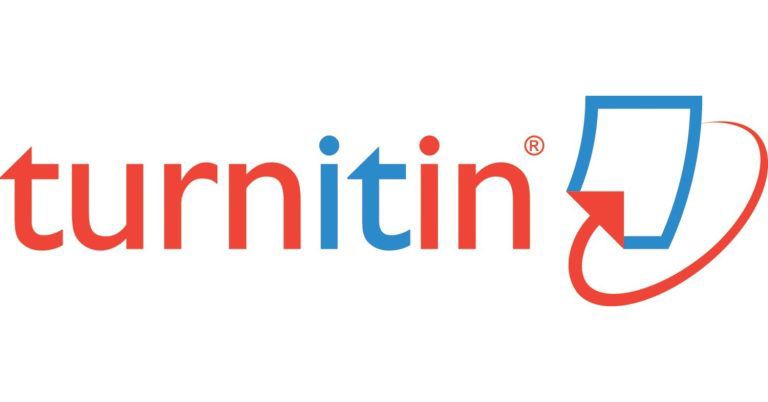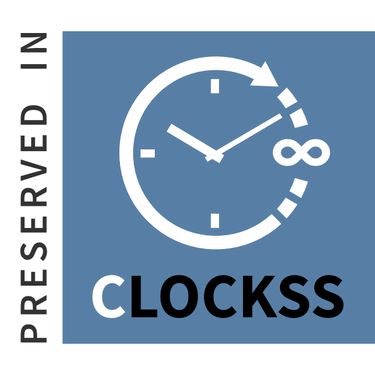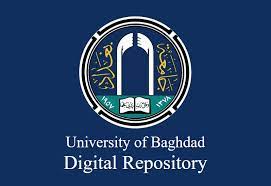The effect of sport exercises and a specific ankle joint rehabilitation device on the flexibility of the joint and the degree of pain for injured athletes
DOI:
https://doi.org/10.54702/5jfbf884Keywords:
Rehabilitation device, Ankle joint, Degree of painAbstract
Most athletes suffer from injuries to the ankle joint, which results in limited movement of the ankle joint. The interest in the process of rehabilitating injured players aims to bring them back as quickly as possible to participate with their teams in training and competitions. Therefore, the research aims to prepare sports exercises and identify the effect of these exercises. In determining the ankle joint for injured athletes, the research also aims to know the effect of the device used in rehabilitating the affected ankle joint. The research sample included (8) athletes who had ankle joint loss and who were officially registered in the physical therapy centers in Babylon Governorate, and the sample was male. They were 20-25 years old, and they were chosen intentionally. The researchers used the experimental method by designing one group with two pre- and post-tests. The researcher used statistical methods (arithmetic mean, standard deviation, and T-value for correlated samples), and the most important conclusions that the researchers reached were: An improvement was achieved in the results of the investigated variables (flexibility and degree of pain) for the research sample.
References
- Samia Khalil Muhammad. (2008). Athletes’ injuries and means of treatment and rehabilitation, College of Physical Education for Girls, University of Baghdad. p. 202.
- Suhad Hasib Abdel Hamid and Amal Dawoud Abdel Hassan. (2013). Techniques and means of physical therapy and alternative medicine, 1st edition, Baghdad, Dar Al-Doctor for Administrative and Economic Sciences. p. 24
- Abdullah Abbas Muhammad. (2019). The effect of using an innovative device accompanied by exercises to rehabilitate the ankle joint resulting from connective ligament injury in athletes, unpublished doctoral thesis.
- Nahid Ahmed Abdel Rahim (2011). Rehabilitation exercises for building posture, 1st edition, Amman, Dar Al-Fikr Al-Arabi, publishers and distributors. p. 157.
- Beynnon, B. D., Renström, P. A., Haugh, L., Uh, B. S., & Barker, H. (2006). A Prospective, Randomized Clinical Investigation of the Treatment of First-Time Ankle Sprains. The American Journal of Sports Medicine, 34(9), 1401–1412. https://doi.org/10.1177/0363546506288676
- Ekim, A., & Colak, M. (2007). Effect of low level laser therapy in rheumatoid arthritis patients with carpal tunnel syndrome. Swiss Medical Weekly. https://doi.org/10.4414/smw.2007.11581
- Ham Joseph (2009);Biomechanical Basis of Human Movement, 3rd Ed, Copyright, Lippincott Williams & Wilkin.
- Mattacola CG and Dwyer MK (2002); Rehabilitation of the ankle after acute sprain or chronic pain. J Athl Train, 37(4):413–29.
- Qasim Al-Mandalawi, Mahmoud Al-Shatti (1987). Sports training and record numbers, University of Mosul, Dar Al-Kutub for Printing and Publishing. p.123
Downloads
Published
Issue
Section
License
Copyright (c) 2024 Modern Sport

This work is licensed under a Creative Commons Attribution 4.0 International License.
